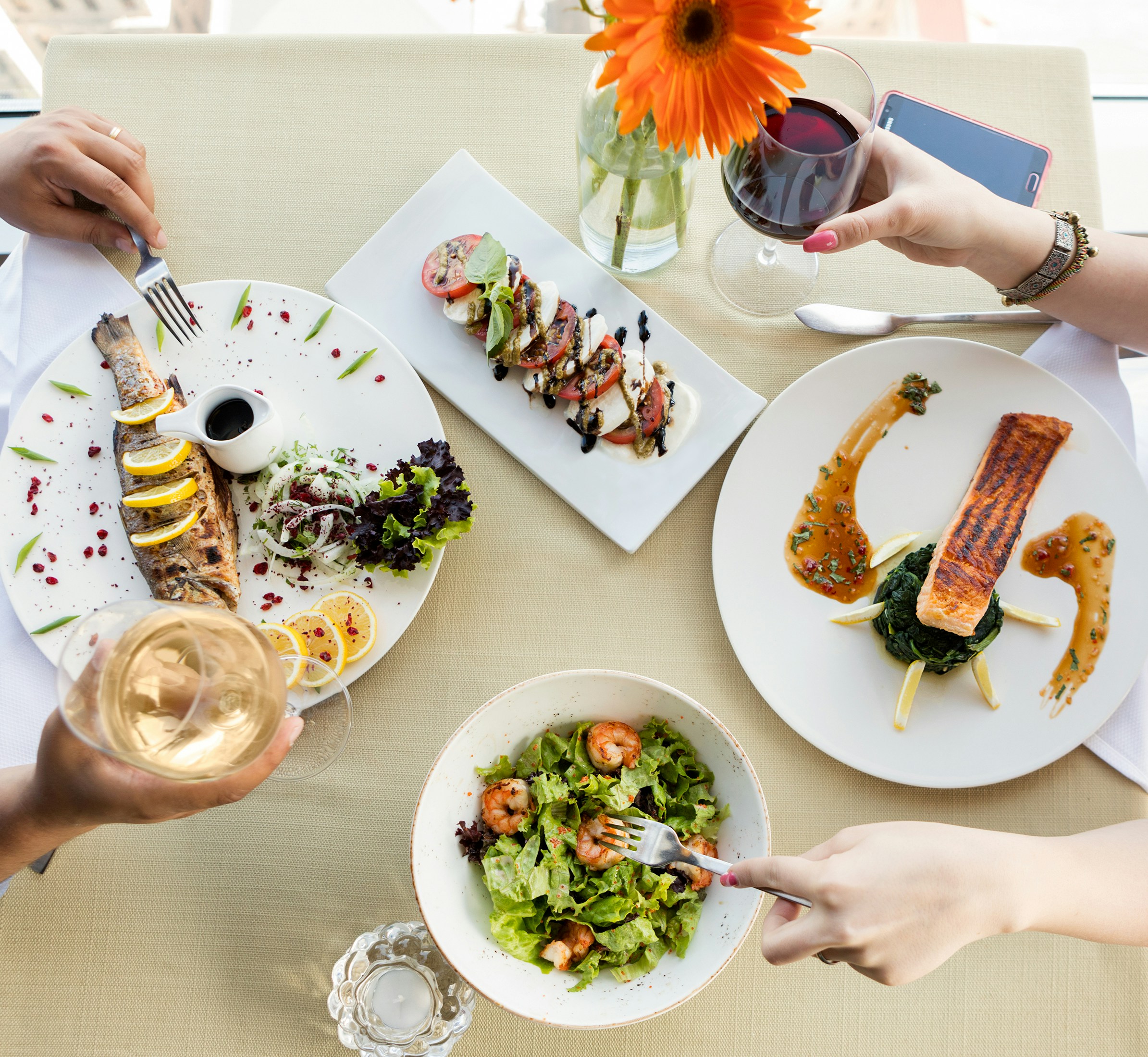

Introduction to culinary fusion
Food has always been a bridge between cultures. As people migrate, they carry their culinary traditions with them, creating a vibrant tapestry of flavors that enriches our dining experiences. Culinary fusion is more than just mixing ingredients; it’s a celebration of diversity on our plates and palates. From spicy taco sushi rolls to fragrant curry pizzas, the possibilities are endless.
In today’s world, food reflects the stories of countless immigrants who have shaped America’s culinary landscape. Each dish tells a tale—of home, heritage, and innovation. Join us as we explore how immigration transforms not only what we eat but also how we connect through shared meals and diverse flavors. Let’s dig into this delicious journey together!
The history of immigration and food in America
Food in America has always been a tapestry woven from the threads of countless cultures. Each wave of immigration brought new flavors, traditions, and cooking techniques that transformed the culinary landscape.
In the 19th century, Irish and German immigrants introduced hearty stews and sausages. The arrival of Italians contributed pasta dishes that quickly gained popularity across all demographics.
The mid-20th century saw an explosion of Latin American cuisine as migrants from Mexico, Puerto Rico, and beyond shared vibrant spices and bold flavors. Vietnamese refugees brought pho to American menus after the Vietnam War.
Today’s food scene is a reflection of this rich history—a melting pot where every dish tells a story. As diverse communities continue to thrive, so does our palate for global tastes. This ongoing exchange enriches not just our plates but also our understanding of one another through food.
Examples of fusion cuisine from different cultures
Fusion cuisine thrives on creativity. It blends flavors and techniques from different culinary traditions.
Take the Korean taco, for example. This delicious creation marries spicy marinated beef with soft corn tortillas, topped with fresh salsa and kimchi. It’s a bite-sized journey through two distinct cultures.
Then there are sushi burritos, which wrap traditional Japanese ingredients like raw fish and avocado in a large seaweed sheet—perfect for on-the-go dining yet packed with flavor.
Another standout is curry pizza. Imagine fragrant Indian spices intertwined with gooey cheese atop crispy dough—an unexpected yet delightful combination that has won many hearts.
From pho burgers to jerk chicken quesadillas, fusion dishes invite exploration of diverse culinary landscapes. Each plate tells a story of migration, adaptation, and shared experiences across borders.
The impact of culinary fusion on the restaurant industry
Culinary fusion has sparked a revolution in the restaurant industry. Chefs are no longer confined to traditional culinary boundaries. They are blending flavors and techniques from various cultures, creating dishes that surprise and delight.
This trend attracts adventurous diners eager to explore new tastes. Restaurants now offer menus that reflect an exciting mix of global influences, catering to diverse palates. Taco sushi or kimchi burgers have become staples on many menus.
Moreover, this innovation fosters creativity among chefs. It allows them to express their personal stories through food while celebrating cultural diversity. Diners appreciate these narratives woven into each dish.
Fusion cuisine also encourages collaboration between different culinary traditions. This not only enriches the dining experience but also builds community connections among people from varied backgrounds who share a love for good food.
The vibrant atmosphere created by such offerings enhances customer loyalty and keeps patrons coming back for more unique experiences.
Health benefits of incorporating diverse cuisines into our diets
Exploring diverse cuisines is more than a culinary adventure; it’s a gateway to better health. Different cultures bring unique ingredients and cooking techniques, which can enhance the nutritional value of our meals.
For instance, Mediterranean diets emphasize healthy fats from olive oil and an abundance of fruits and vegetables. This combination is linked to heart health and longevity.
Asian cuisines often highlight whole grains like brown rice or quinoa, along with plenty of herbs and spices that have anti-inflammatory properties. Incorporating these elements can boost your immune system while adding vibrant flavors.
Latin American dishes frequently include beans, which are high in protein and fiber. This not only helps maintain digestive health but also keeps you feeling full longer.
By embracing various food traditions, we enrich our diets with essential nutrients while discovering new tastes that excite the palate. Each dish tells a story, nourishing both body and spirit.
Embracing cultural diversity through food
Food has an incredible way of breaking down barriers. It invites us to experience different cultures and traditions without ever leaving our kitchens.
When we share meals from various backgrounds, we open ourselves up to new flavors and stories. Each dish carries its own history, reflecting the journey of those who created it.
Embracing culinary diversity enriches our lives. We learn about spices from India, techniques from Italy, or sweet desserts from Mexico—all while enjoying delicious bites.
Moreover, these culinary exchanges foster understanding and respect among communities. Cooking together becomes a celebration of differences rather than divisions.
In this melting pot of flavors, every meal is an opportunity for connection. Whether through street food festivals or family gatherings centered around unique dishes, cultural appreciation grows one plate at a time.
Conclusion
Culinary fusion is more than just a dining trend; it’s a celebration of our interconnectedness. As immigrants bring their rich culinary traditions to new shores, they reshape the gastronomic landscape in fascinating ways. The history behind this evolution showcases how food has always been a vehicle for cultural exchange.
From spicy Korean tacos to savory Indian pizzas, each dish tells a story of adaptation and innovation. Restaurants are increasingly embracing these creative combinations, reflecting the diverse communities around them. This shift not only tantalizes our taste buds but also fosters understanding and appreciation among different cultures.
Incorporating diverse cuisines into our diets offers numerous health benefits as well. A variety of flavors often means an assortment of nutrients, promoting overall wellness while keeping meals exciting.
Food is one of the most accessible ways to engage with different cultures. It invites us to explore unfamiliar territories without ever leaving home. Culinary fusion enriches our experiences by making every meal an adventure worth savoring—one bite at a time. Embracing this diversity on our plates ultimately enhances both individual palates and collective human experience.
